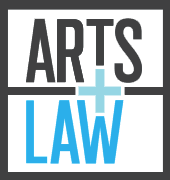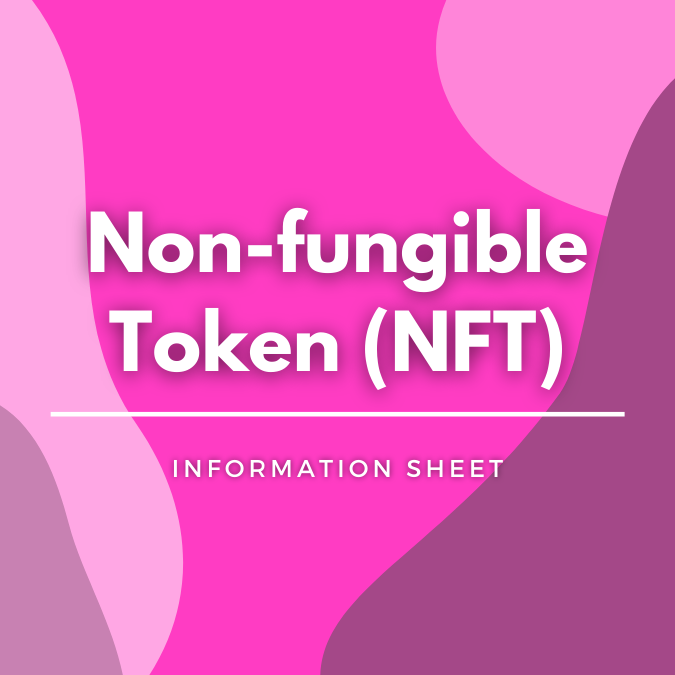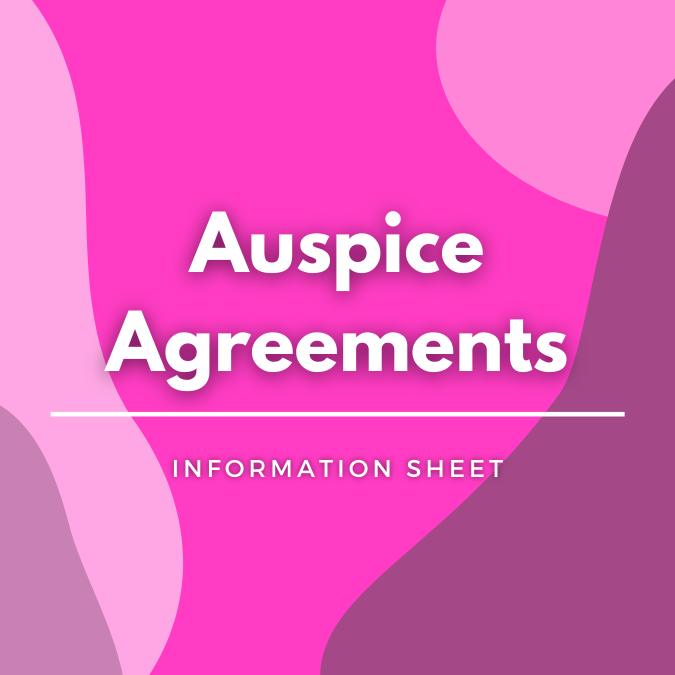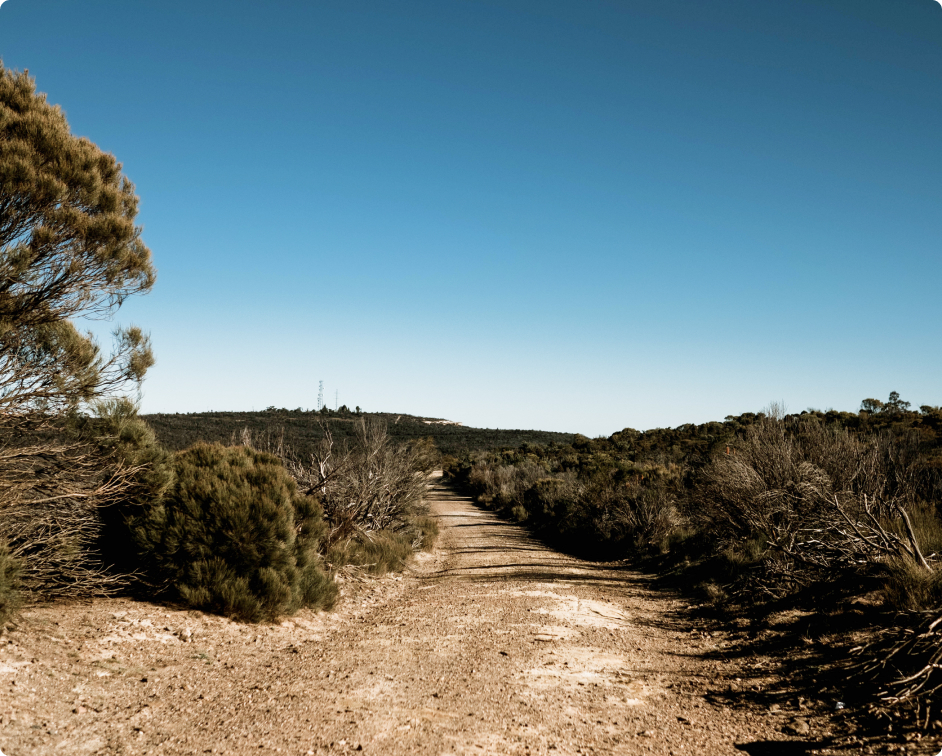Copyright Infringement
Learn what copyright infringement looks like and what steps you can take if you think you’re copyright has been infringed.
What is Copyright Infringement?
It’s important to start by understanding what copyright is, and what it protects. Arts Law has an information sheet about Copyright here which sets out some of the essential things to know about copyright. Copyright infringement occurs when another person (or entity) does the things that only the copyright holder is usually allowed to do with their work, without the copyright owner’s permission (often called a licence) and without any relevant defence. It’s not necessary for the infringer to copy or use all of your creative work to be “infringing” your copyright. As long as they have used a “substantial part” of it without either your consent or a relevant defence, they may have infringed your copyright. The question of what is a “substantial part” is not defined in the Copyright Act 1968 (Cth) but courts have made decisions about the meaning of “substantial part” over many years and it has generally been interpreted as an important, recognisable, essential part of the whole. The test of what is substantial is qualitative, rather than quantitative. In other words, there’s no rule that copying 5% of a work is okay. It depends on the quality of what is being copied.
It’s important to seek legal advice if you think your copyright has been infringed before making any claims that others have done so, because these claims (if unfounded) could be characterised as a “groundless threat” – and you could yourself be sued for making a groundless threat. Arts Law can advise you on whether a letter of demand is a good idea in your particular situation here. Because there are time limits for starting legal proceedings to sue someone for copyright infringement, you should get legal advice as soon as possible after discovering the infringement. This is also very important because any delay can be used in support of an argument that you delayed because your copyright wasn’t that valuable to you and so any damages payable to you should be nominal.
For further information on copyright and what constitutes infringement see the Australian Copyright Council’s information sheet entitled Infringement Actions, remedies, offences and penalties available from its website copyright.org.au.
When isn’t it copyright infringement for someone to use your work?
Not every use of your copyright work without your consent is an infringement. If someone has only used an insubstantial, unrecognisable, unimportant part of your creative work, it may not be an infringement. They may have a defence, for example that their use was a fair dealing for the purposes of criticism and review. There are numerous defences to copyright infringement and you should ensure you get advice from a lawyer about whether any of them apply in your particular circumstance.
There are also limited statutory licences where the Copyright Act allows certain uses under a statutory licence scheme whether or not you object. For more information see Arts Law’s information sheet on Collecting Societies.
If you are advised that an infringement has occurred, you may be advised to write a letter of demand to the other party (the person or entity infringing your copyright).
What is a letter of demand for breach of copyright?
The purpose of a letter of demand to someone who infringes your copyright rights is to:
· make the person aware that you are the creator and copyright owner of the work;
· outline your exclusive rights as the copyright owner;
· explain how the recipient has infringed these rights;
· outline how you would like to remedy the situation;
· state that if an adequate response is not received by the specified deadline the writer has the right to commence legal proceedings; and
· serve as a document which can be used as evidence in any court proceedings to prove that you informed the recipient of your rights and gave them an opportunity to rectify the breach.
Things to know when sending a letter of demand
You don’t have to draft a letter of demand from scratch. Arts Law has a template letter of demand for copyright infringement available here free for Arts Law subscribers and low cost for non-subscribers. (To subscribe to Arts Law’s services click here). Alternatively, Arts Law can give you a referral to a lawyer who can draft the letter for you though this usually will be at a cost to you based on the lawyer’s fees. If you draft your own letter of demand or use our template, we can advise you on it before you send it to the other party if you are a subscriber.
The first step is to understand your rights of copyright and make a careful assessment as to whether they are being infringed. You should consider what outcome you would like –if, for example, the infringing material is on a website, do you simply want it removed as quickly as possible, or are you happy for it to remain on the site provided you are paid, or do you want compensation for its unauthorised use and removal?
When sending a letter of demand you should be:
- careful not to make threats about infringement which cannot be substantiated as these may constitute ‘groundless threats ‘ for which you could yourself be sued
- prepared to take the matter to court if the letter of demand does not lead to a satisfactory outcome. This means you need to be able to prove that you are the copyright owner and that the recipient has infringed your copyright. Therefore you will need to show that they had access to your work and that they copied it; and
- careful not to send a letter which is designed to look like a court document because this is illegal.
It is advisable to send the letter of demand by registered post or fax so that you can prove it was received. Don’t forget to retain a copy for your records.
A copy of our template letter of demand is available for purchase or free for subscribers here. As mentioned, above, it is very important that you seek legal advice before sending a letter of demand. To get advice from Arts Law, lodge a query here.
Disclaimer
The information in this information sheet is general. It does not constitute, and should be not relied on as, legal advice. The Arts Law Centre of Australia (Arts Law) recommends seeking advice from a qualified lawyer on the legal issues affecting you before acting on any legal matter.
While Arts Law tries to ensure that the content of this information sheet is accurate, adequate or complete, it does not represent or warrant its accuracy, adequacy or completeness. Arts Law is not responsible for any loss suffered as a result of or in relation to the use of this information sheet. To the extent permitted by law, Arts Law excludes any liability, including any liability for negligence, for any loss, including indirect or consequential damages arising from or in relation to the use of this information sheet.
© Arts Law Centre of Australia
You may photocopy this information sheet for a non-profit purpose, provided you copy all of it, and you do not alter it in any way. Check you have the most recent version by contacting us on (02) 9356 2566 or tollfree outside Sydney on 1800 221 457.
The Arts Law Centre of Australia has been assisted by the Commonwealth Government through the Australia Council, its arts funding and advisory body.



